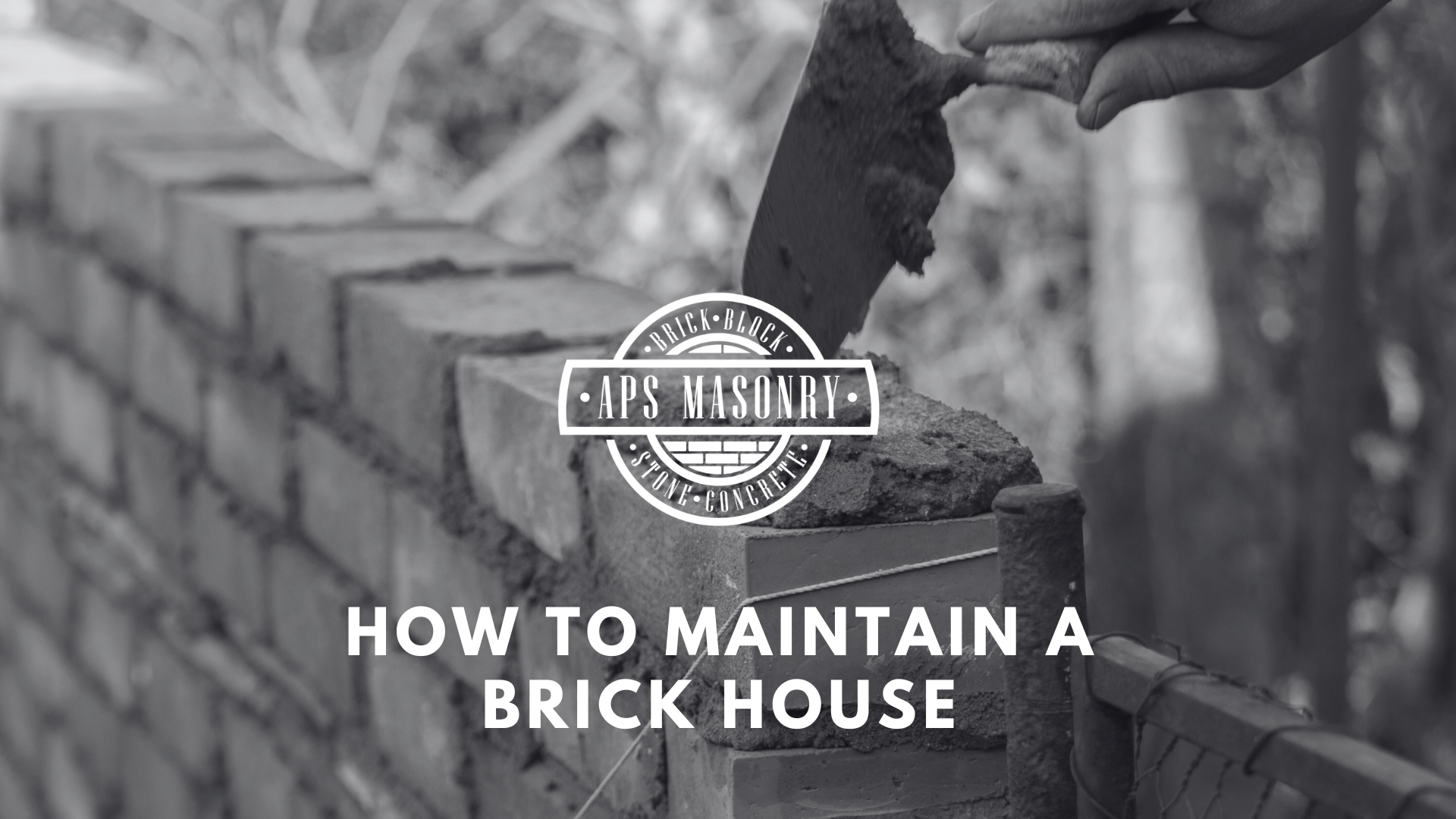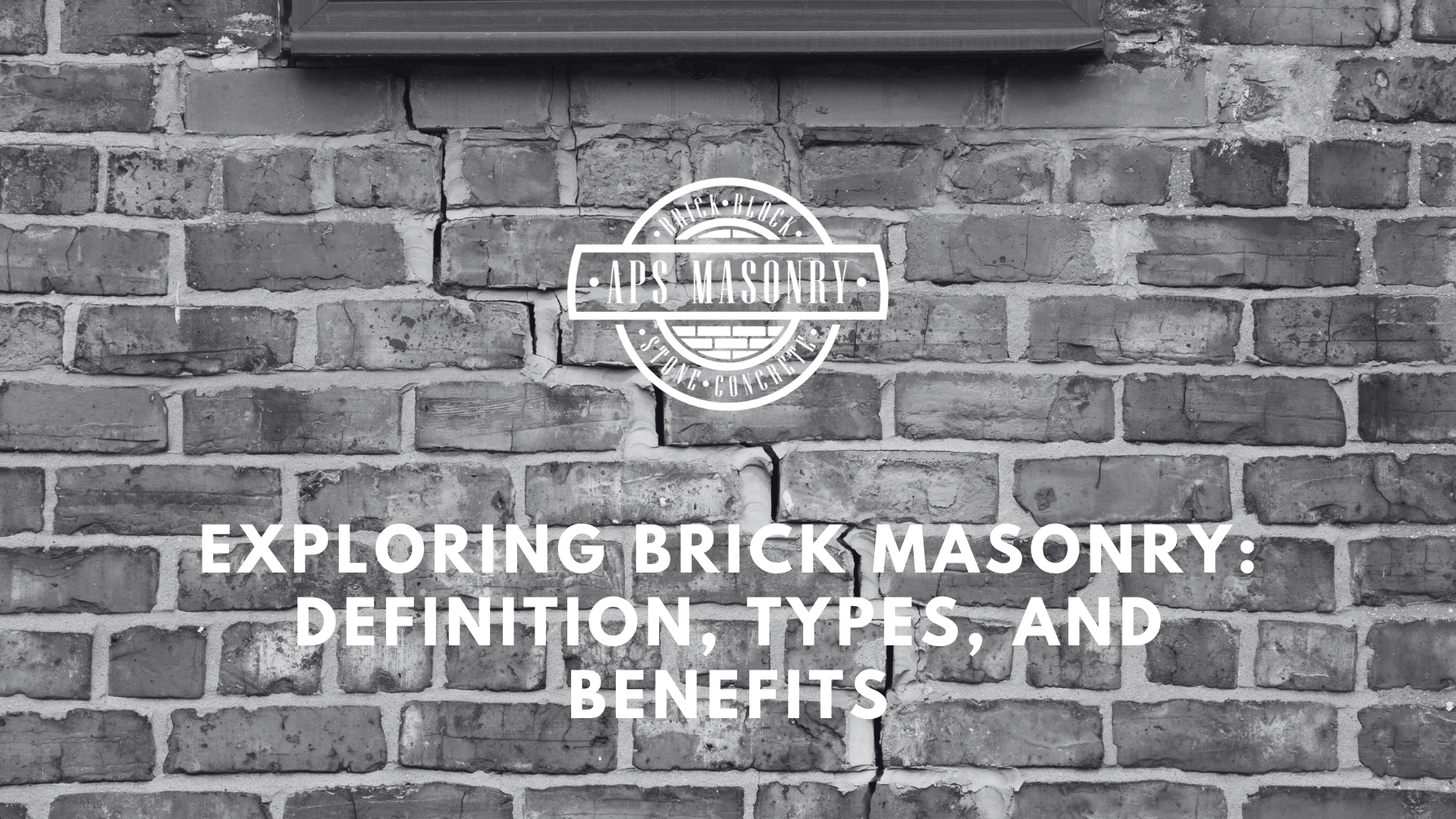
Brick masonry is a timeless construction technique that uses bricks and mortar to build durable structures like walls and arches, known for their strength and aesthetic appeal. There are various types, including mud and cement brickwork, each offering unique benefits like affordability, thermal insulation, and strength. High-quality bricks ensure durability, low water absorption, and resistance to weathering.
Brick masonry's benefits include exceptional durability, energy efficiency, fire resistance, and sustainability, making it a top choice for modern construction and restoration projects.
What is the Definition of Brick Masonry?
Brick masonry is a construction technique that uses bricks and mortar to build structures. It arranges bricks in specific patterns and bonds them with mortar to create walls, partitions, arches, and other architectural elements. It's known for its durability, strength, and timeless appeal. Its versatility and ability to withstand various weather conditions have been a widely used method in the construction industry for centuries. From solid brickwork to cavity brickwork and beyond, brick masonry showcases the skillful craftsmanship of creating enduring structures brick by brick.
What are the Different Types of Brick Masonry Work?
There are several types of brick masonry work, including mud brick and cement brickwork. Let's explore each type in more detail:
Mud Brick Work
Mud brickwork, or adobe or earthen brickwork, involves using clay, sand, straw, and water bricks. These bricks are typically sun-dried or baked in kilns. Mud brick masonry has a long history and is still used in certain regions for its affordability and availability of materials. It offers good thermal insulation and can be a sustainable option, as it utilizes natural resources and requires minimal energy for production.
Cement Brick Work
Cement brickwork uses bricks made from cement, sand, and aggregate. These bricks are typically manufactured in factories using automated processes. Cement brick masonry is widely used in modern construction due to its strength, durability, and consistency. It provides a uniform appearance and is available in various sizes and shapes, allowing for design versatility. Cement brickwork is commonly used for both structural and non-structural applications.
Both mud brickwork and cement brickwork have their unique characteristics and applications. Mud brickwork is often preferred in regions where traditional and sustainable construction methods are valued. In contrast, cement brickwork is widely used in contemporary construction for its strength and reliability. The choice between the two types depends on factors such as the availability of materials, project requirements, climate conditions, and architectural preferences.
What are the Types of Bricks Used in Brick Masonry?
In brick masonry, various types of bricks are used, each with unique properties and characteristics. Here are some common types of bricks used in brick masonry:
- Concrete Bricks: Concrete bricks are made from cement, aggregate, and water. They are manufactured using a controlled manufacturing process, resulting in uniformity in size and shape. Concrete bricks are known for their strength, durability, and resistance to moisture, making them suitable for a wide range of applications.
- Common Burnt Clay Bricks: Common burnt clay bricks are the most traditional and widely used bricks in construction. They are made by molding clay and then firing it in a kiln at high temperatures. These bricks are known for their strength, affordability, and availability. They come in different grades based on their compressive strength.
- Sand Lime Bricks: Sand lime bricks are made from sand, lime, and water. They undergo a chemical process called hydration, which results in the hardening of the bricks. Sand lime bricks offer good compressive strength, dimensional stability and resistance to weathering. They are often used in load-bearing walls and areas with high moisture content.
- Fly Ash Clay Bricks: Fly ash clay bricks combine fly ash (a waste material from coal-fired power plants) with clay and other additives. These bricks are lightweight, offer good thermal insulation, and are environmentally friendly. They have gained popularity as a sustainable alternative in construction.
- Engineering Bricks: Engineering bricks are specially manufactured to possess higher strength and resistance to weathering. They are often denser and more compact than other bricks. Engineering bricks are commonly used in situations requiring high structural integrity, such as foundations, retaining walls, and areas prone to chemical exposure.
Other types of bricks used in brick masonry include:
- Refractory bricks (used in high-temperature environments).
- Hollow bricks (with hollow cores for insulation or reducing weight).
- Glazed bricks (bricks coated with a glaze for decorative purposes).
The selection of the brick type depends on factors such as the desired strength, thermal properties, weather resistance, and architectural requirements of the project.
What are the Characteristics of Good Quality Bricks
Good quality bricks have specific characteristics that contribute to their durability and suitability for construction. Here are some key characteristics of good-quality bricks:
- Sound, Hard, Well-Burnt: Good quality bricks should produce a clear, ringing sound when struck together. They should be hard and well-burnt, indicating they have been properly fired in the kiln. This ensures their strength and resistance to weathering.
- Fine, Compact Texture, Uniform Color: High-quality bricks have a fine and compact texture without cracks or distortions. They should have a uniform color throughout, indicating consistent manufacturing.
- Metallic Ring on Impact: When two good quality bricks are struck together, they produce a metallic ring sound rather than a dull thud. This indicates their density and compactness, which are essential for structural stability.
- Absorbs Less Than 20% Water: Good quality bricks have low water absorption capacity. They should not absorb more than 20% of their weight when immersed in water for a specified duration. This characteristic ensures their resistance to moisture, preventing deterioration and damage.
- Survives One Meter Drop: A good quality brick should withstand a drop from a height of one meter without breaking or cracking. This demonstrates its strength and structural integrity.
- Free From Sulphates, Chlorides: High-quality bricks should be free from harmful substances like sulfates and chlorides. These substances can cause efflorescence and corrosion of metal components in the structure, leading to potential damage over time.
By possessing these characteristics, good-quality bricks ensure the longevity and reliability of the structures in which they are used. Builders and contractors should carefully inspect and select bricks that meet these criteria to ensure the success of their construction projects.
What are the Benefits of Brick Masonry?
Brick masonry offers a range of benefits that make it a popular choice in construction. Here are some key benefits:
- More Durable: It's known for its exceptional durability. Bricks are resistant to wear and tear, weathering, and pests. Structures built with brick masonry have a longer lifespan, requiring minimal maintenance and repairs.
- Energy Efficient: Brick masonry provides excellent thermal insulation, helping to regulate indoor temperatures. Bricks have high thermal mass, which means they can absorb and store heat, releasing it slowly to maintain a comfortable environment. This energy efficiency reduces the need for heating and cooling, resulting in lower energy consumption and cost savings.
- Cost-Effective: While the initial cost of brick masonry may be higher than some other building materials, its long-term cost-effectiveness is noteworthy. Brick structures' durability and low maintenance requirements translate to reduced repair and replacement costs over time.
- Fire Resistant: Bricks have inherent fire-resistant properties. When exposed to high temperatures or fire, they do not burn, melt, or release toxic fumes. This makes brick masonry a preferred choice for fire-resistant construction, providing enhanced safety and protection.
- Sustainable: Brick masonry is considered an environmentally friendly choice. Bricks are made from natural materials such as clay and shale, which are abundant and renewable resources. The production process of bricks is energy-efficient, and bricks can be recycled and reused. Additionally, the thermal mass properties of brick masonry contribute to energy conservation, reducing the carbon footprint of buildings.
By combining durability, energy efficiency, cost-effectiveness, fire resistance, and sustainability, it offers a compelling set of benefits that contribute to structures' longevity, safety, and environmental performance.
Where is Brick Masonry Used?
Brick masonry finds extensive applications in the construction industry due to its versatility and advantageous characteristics. It is used in various settings, including residential buildings, commercial and industrial structures, institutional buildings, historic buildings, preservation and restoration projects, landscaping and hardscaping, and infrastructure projects.
In residential construction, it's commonly employed for exterior walls, interior partitions, fireplaces, and other architectural elements, providing strength and visual appeal. Commercial and industrial buildings, such as warehouses, offices, retail stores, and factories, often utilize brick masonry for its durability and fire-resistant properties.
Brick construction also plays a significant role in landscaping and hardscaping projects, where it is used for pathways, driveways, patios, retaining walls, and decorative features. The durability and aesthetic charm of bricks enhance outdoor spaces.
What is The Highest Quality of Brick Masonry?
The highest quality is achieved when several important factors are considered. These factors contribute to the masonry work's strength, durability, and aesthetic appeal. Here are some key aspects that determine high-quality masonry construction:
- High-Quality Bricks: Using well-made bricks is crucial for achieving high-quality masonry work. Bricks should be properly manufactured, ensuring uniformity in size, shape, and strength. High-quality bricks offer better structural integrity and longevity.
- Properly Matched Mortar: The mortar used should be matched to the type of bricks used. The consistency and composition of the mortar should be appropriate for the specific project requirements, ensuring a strong bond between the bricks.
- Horizontal Brick Courses: Brick masonry should be constructed in horizontal courses, with each course accurately aligned. Properly leveled and aligned courses ensure structural stability and enhance the overall appearance of the masonry work.
- Toothed End if Work Needs to Pause: When pausing the bricklaying process, leaving a toothed end on the last brick laid is important. This toothed end provides a rough surface that facilitates bonding when resuming the work, ensuring a seamless integration of the new mortar and bricks.
- No Brick Bats: Brickbats, pieces of broken brick, should not be used in high-quality brick masonry. Using intact bricks without defects or damage ensures the structural strength and integrity of the masonry work.
- Cure Time of at Least Two Weeks: Adequate curing time is essential for high-quality brick masonry. The masonry work should be protected and cured for at least two weeks to ensure proper hydration and strength development of the mortar.
- Mortar Joints Measuring 10 mm: The mortar joints between bricks should be uniform and measure approximately 10 mm in vertical and horizontal directions. Proper joint thickness ensures adequate mortar coverage, enhances the visual appearance, and improves the structural performance of the brick masonry.
High-quality brick masonry can be achieved by considering these important factors, resulting in durable and aesthetically pleasing structures. Attention to detail and adherence to industry standards contribute to the overall success and longevity of the masonry work.
What is the History of Brick Masonry?
The history of brick masonry goes back several thousand years and is quite remarkable and interesting. Using bricks as a building material can be traced back to ancient civilizations such as Mesopotamia, Egypt, and the Indus Valley. These early civilizations recognized the advantages of using bricks over stone or mud.
The earliest examples of brick masonry are in ancient Mesopotamia, where sun-dried bricks made from clay were used to construct homes, temples, and city walls. The use of bricks spread to Egypt, where the Egyptians developed the art of firing bricks in kilns, resulting in stronger and more durable structures, such as the egyptian pyramids!
The Roman Empire played a significant role in advancing masonry construction techniques. The Romans developed the technique of using mortar to bind bricks together, creating structures with improved strength and stability. They also introduced different brick shapes and sizes, enabling more intricate and sophisticated architectural designs.
During the Middle Ages, brick masonry continued to evolve in Europe. The Gothic architecture of the time utilized bricks extensively in constructing cathedrals and castles. Bricks became a symbol of status and wealth, with intricate patterns and decorative elements adorning the structures.
The Industrial Revolution in the 18th and 19th centuries brought significant advancements in brick production. The invention of machines for mass production enabled bricks to be manufactured faster and more efficiently, making them more accessible for widespread use in construction.
In modern times, brick masonry remains a popular and versatile construction method. Advancements in technology have further improved the production and quality of bricks, allowing for a wide range of sizes, colors, and finishes. Brick masonry continues to be valued for its durability, thermal properties, fire resistance, and aesthetic appeal.
The history of brick masonry reflects its enduring importance in construction. From ancient civilizations to today, bricks have played a vital role in shaping architectural styles and building structures that stand the test of time.
How has Brick Masonry Evolved?
Brick masonry has evolved, adapting to advancements in technology and architectural styles. Improved brick production techniques, diverse brick shapes and sizes, and advancements in mortar and bonding have contributed to its evolution.
Architectural styles have influenced brick masonry, from ancient civilizations to modern designs. Technological advancements have introduced digital modeling, precise tools, and sustainable practices.
Despite these changes, brick masonry remains valued for its durability, versatility, and aesthetic appeal. It continues to be a reliable construction method, blending traditional craftsmanship with modern innovations.
Why is Brick Masonry Important?
It holds immense importance in the field of construction for several reasons. Firstly, it offers durability and longevity, ensuring structures can withstand the test of time. Secondly, brick masonry provides excellent thermal insulation properties, contributing to energy efficiency and reduced heating or cooling costs.
Additionally, it's fire-resistant, offering enhanced safety and protection. Its aesthetic appeal adds charm and value to buildings. Moreover, bricks are readily available, making it a cost-effective choice.
Brick masonry supports sustainable practices, utilizing natural materials and enabling recycling. Overall, brick masonry remains an effective and preferred construction method due to its numerous advantages.
How does Brick Masonry Contribute to Sustainability?
Brick masonry plays a vital role in promoting sustainability within the construction industry. Several factors contribute to its eco-friendly characteristics. Bricks are made from natural and locally sourced materials such as clay, reducing the environmental impact of long-distance transportation and resource extraction.
Brick masonry structures are renowned for their longevity and durability, requiring minimal maintenance and reducing the need for frequent renovations or replacements. This longevity reduces material waste and minimizes the consumption of additional resources over time.
Moreover, brick masonry offers great insulation, which lessens the need for heating and cooling systems and ultimately lowers energy usage. The thermal mass properties of bricks also contribute to temperature regulation and energy efficiency.
Additionally, bricks are recyclable and can be reused in other construction projects, reducing waste and conserving resources. Overall, brick masonry promotes sustainability by utilizing natural materials, conserving energy, minimizing waste, and ensuring stable structures.
What is the Most Common Type of Brick Masonry?
The most common type of brick masonry is solid brick masonry. Solid brick masonry lays bricks continuously without intentional gaps or cavities. The bricks are bonded using mortar, creating a solid and robust structure. Solid brick masonry provides excellent strength and stability, making it suitable for various applications, including load-bearing walls and structural elements.
It is commonly used in residential, commercial, and industrial construction due to its simplicity, cost-effectiveness, and durability. Solid brick masonry offers good thermal insulation properties and fire resistance, contributing to the overall performance and safety of the structure. This type of brick masonry allows for various finishes and can be easily maintained. Its versatility and widespread availability makes solid brick masonry the go-to choice for many construction projects.
What is the Difference Between Masonry Work and a Bricklayer?
Masonry work and being a bricklayer are related but distinct roles within the construction industry. While both involve working with bricks and mortar, there are differences in skill sets and responsibilities.
Masonry work encompasses a broader scope and refers to constructing or repairing structures using various materials, including bricks, stones, concrete blocks, or other masonry units. Masons are skilled craftsmen who work with these materials to build walls, foundations, chimneys, arches, and other structures. They comprehensively understand different masonry techniques, materials, and tools. Masons often work with various materials beyond bricks and may be involved in cutting, shaping, and placing stones or blocks to create intricate patterns or designs.
On the other hand, a bricklayer is a specific type of mason who focuses primarily on working with bricks and mortar. Bricklayers are skilled in laying bricks in different patterns and bonds, ensuring precise alignment and proper mortar application. They are experts in understanding the characteristics of bricks, mortar mixes, and techniques for creating sturdy and aesthetically pleasing brick structures. Bricklayers often specialize in specific types of brickwork, such as solid brick masonry, cavity brick masonry, or brick veneer.
Both masonry work and bricklaying are ancient crafts practiced for thousands of years. The skills involved in these trades have been honed and passed down through generations, contributing to the construction of remarkable architectural wonders throughout history.
Masonry work is a broader term encompassing various materials while being a bricklayer specifically focuses on working with bricks and mortar. Both roles require specialized skills, experience, and an understanding of the specific materials and techniques to create durable and visually appealing structures.
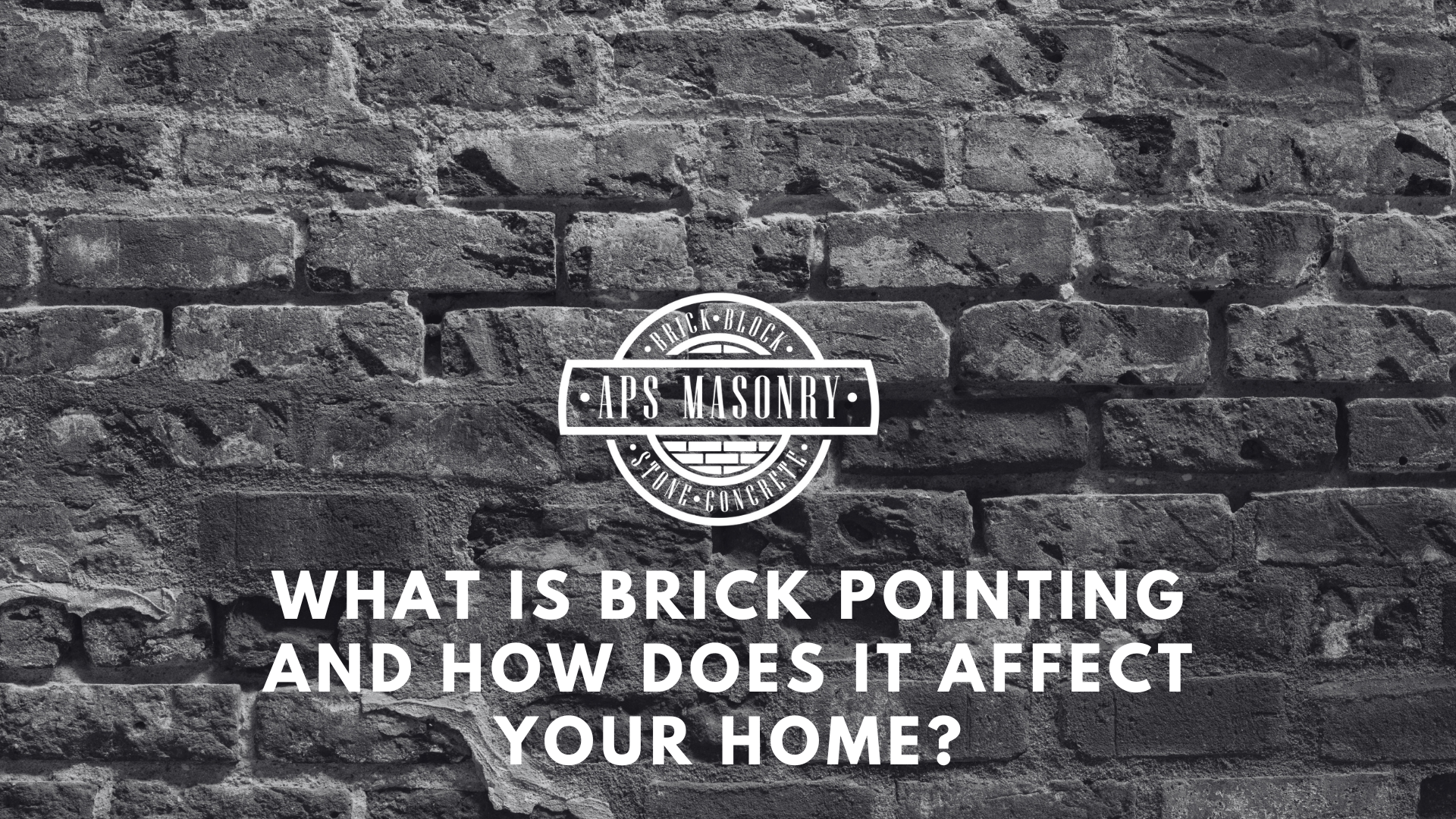
What Is Brick Pointing and How It Protects Your Home
Brick-pointing is very important for maintaining the structural integrity and beauty of your home. This process involves repairing and filling the...
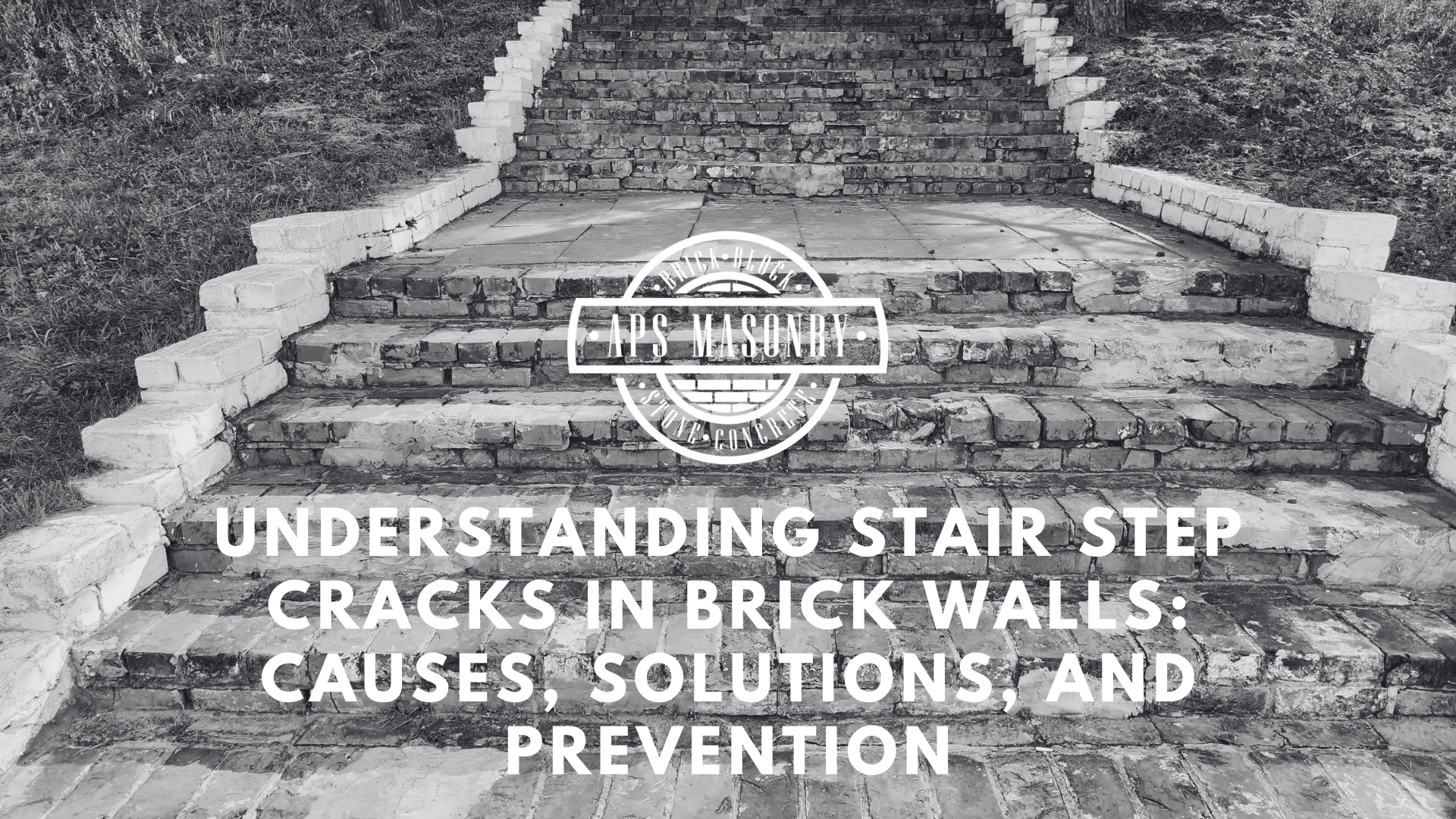
Stair Step Cracks in Brick Walls: Causes, Solutions, and Prevention
Stair step cracks in brick walls can indicate serious structural problems like foundation settling and water damage. In places like Philadelphia,...
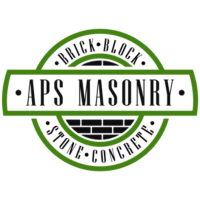 Alec Serowatka
Alec Serowatka
